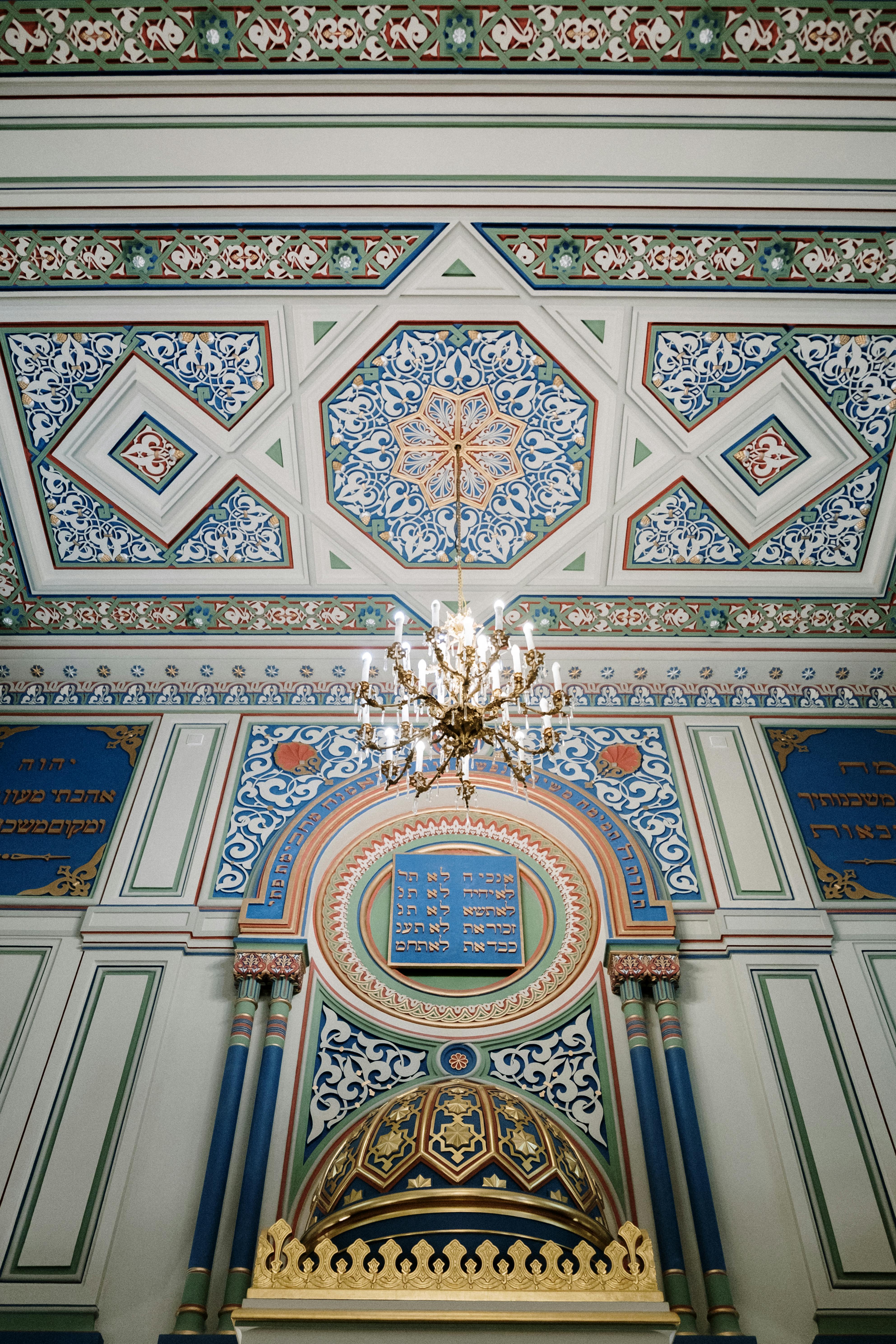Written by Paige Tamasi
Yom Kippur recently occurred this past weekend and when many people see it noted in their calendars they are often left wondering ‘What is it?’. This article highlights some of the main aspects of Yom Kippur, including its religious history, logistics, and common practices and traditions.
The Jewish Holiday is also called the Day of Atonement and it is one of the two High Holy Days in Judaism (with the other one being Rosh Hashanah). As the story goes, back in the Old Testament and Hebrew Bible, when Moses and the Israelites escaped Egypt and their chains, they stopped on Mount Sinai. Moses climbed to the top of the mountain and was given two stone tablets by God; these tablets detailed the Ten Commandments. When Moses returned to the Israelites he found them worshipping a golden calf, violating one of the primary commandments (to not worship anything or anyone else except for God). Amid his ensuing anger, Moses smashed the two tablets. The Israelites began to atone for their misdeeds and so God forgave them and gave Moses another set of the two stone tablets detailing the Ten Commandments. So now, on Rosh Hashanah God will write the fate of each individual person for the upcoming year in the Book of Life; but it is only on Yom Kippur that that fate is official and immutable.
Yom Kippur usually occurs once every year on the 10th of Tishrei (the seventh ecclesiastical month in Judaism), this year it was on October 11th and next year it will be on October 1st. It is the last of the Days of Awe, which begins with Rosh Hashanah and the Jewish ecclesiastical new year. Mirroring its origin story, this holiday is for absolution, for people to apologise and repent for all of their personal shortcomings and sins that occurred in the past year.
On the Day of Atonement, the followers of Judaism are meant to remove themselves as far as possible from humanity to further strengthen their connection to the Divine. This leads to some of the many practices that occur on Yom Kippur, such as avoiding washing, refusing any sexual relations, no personal embellishments (such as makeup, jewellery, lotions, or perfume), or wearing white to signify personal purity (important on the day when reflecting on past sins and repentance).
Many Jewish people will often fast for a full day as part of their worship —forgoing food and drink from the sunset of the day before to Yom Kippur’s evening sunset. Lengthy prayers in synagogues are also extremely common, atoning for sins and solidifying their religious connection on this Holy Day. Some people undergo confessions, where they admit their sins and failures to a rabbi or priest, while others reflect in the privacy of silent prayer.
Yom Kippur has also become a day to look forward to. When reflecting on past actions it is typical to think of improvement and how to better yourself, so when many Jewish people atone for their sins of the year, they may also make goals for the upcoming year.
Written by Paige Tamasi, Edited by Paige Tamasi, Photography by Cottonbro Studio through Pexel’s Licence, Published by Paige Tamasi.
You can read another Insanity Radio article about a holiday here!
